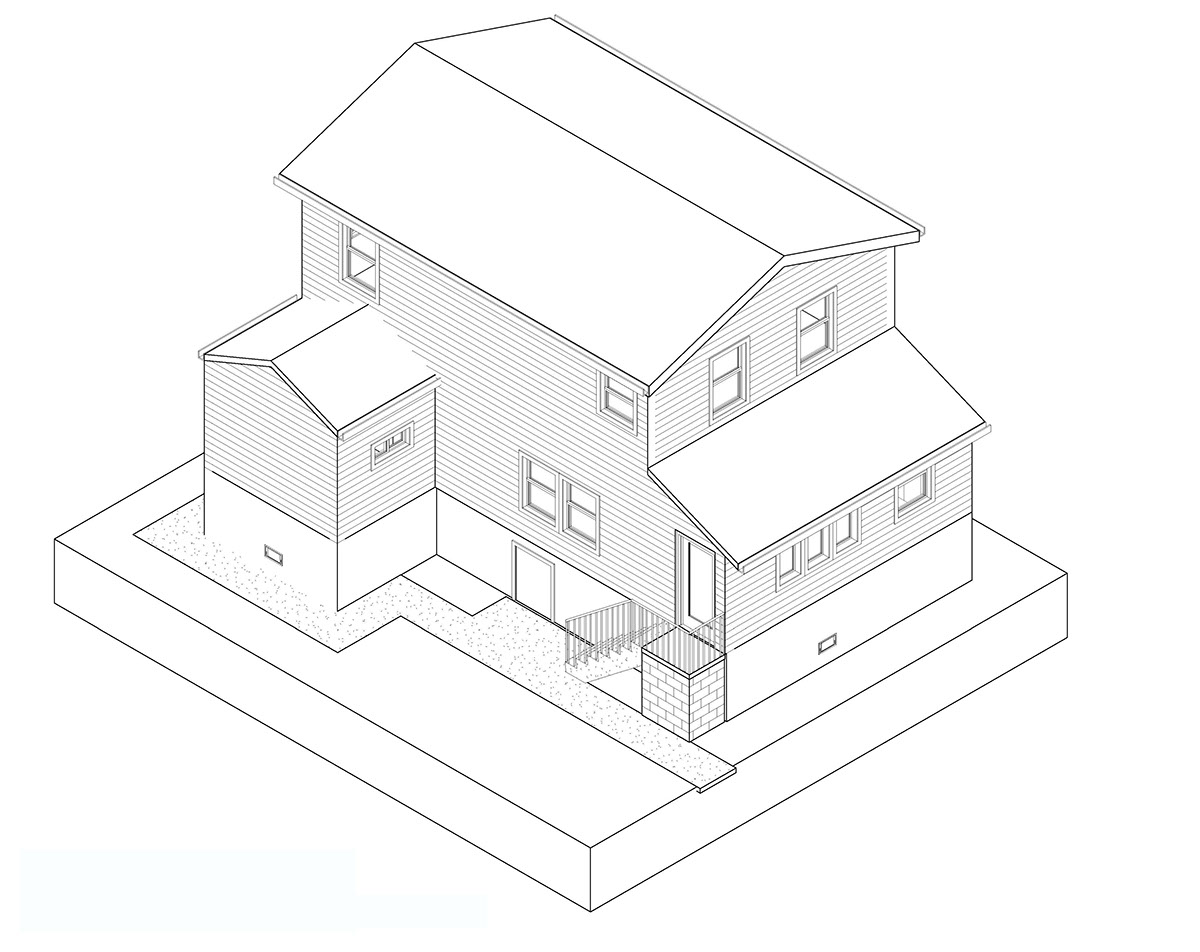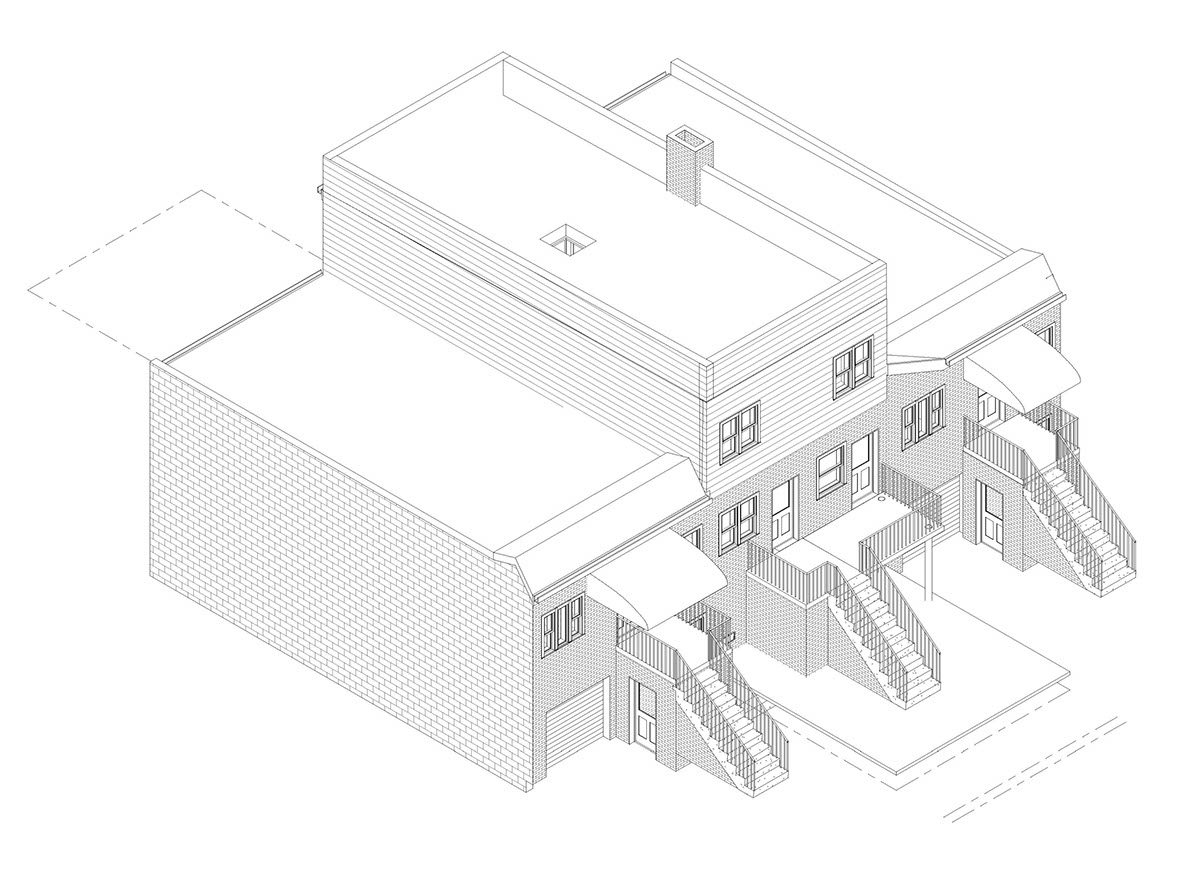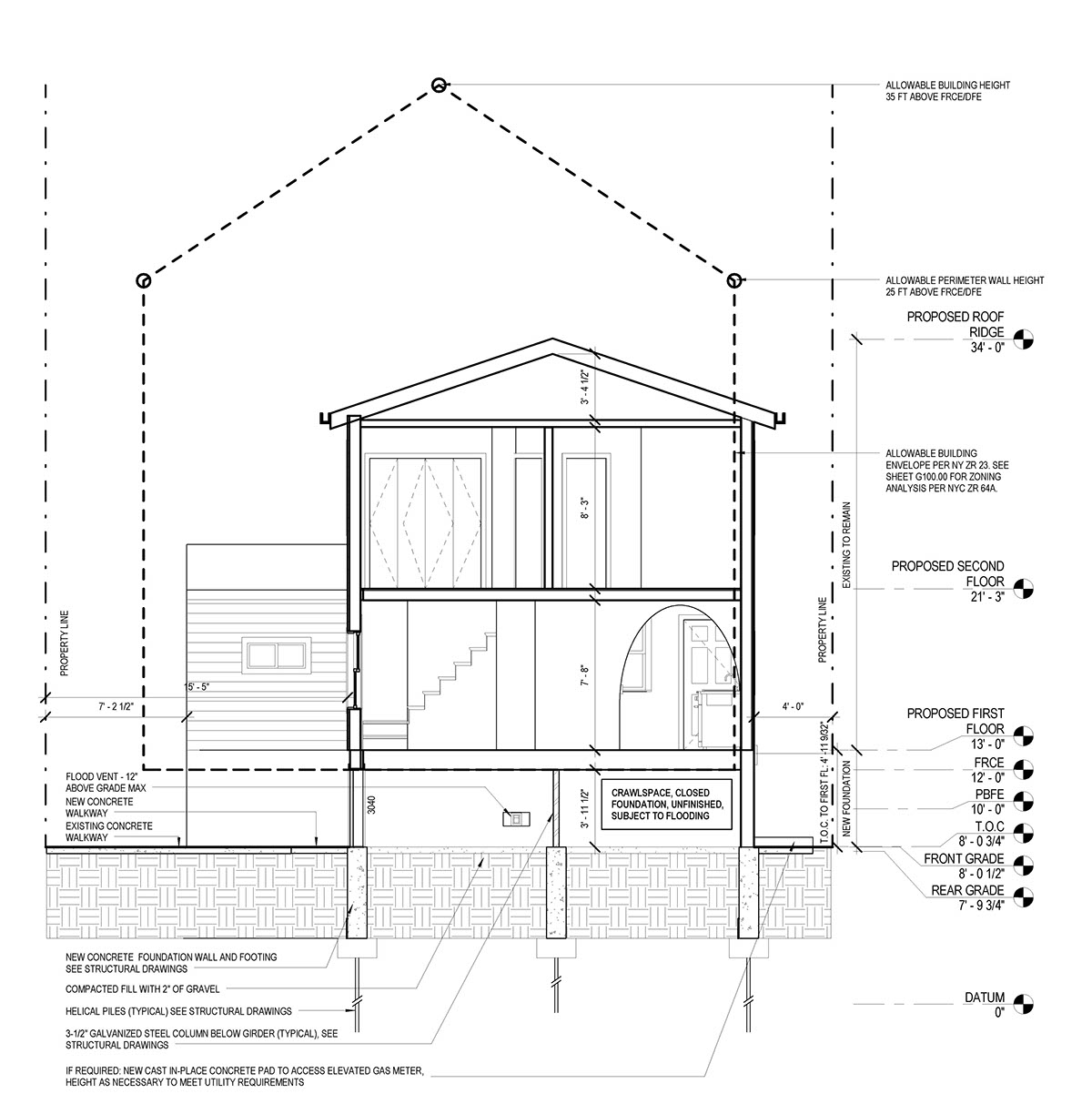residential commercial education institutional cultural hospitality urban intervention micro macro mixed object detailed collaboration theoretical academic constructed adaptive modeled engaged historical presented materials activism researched juxtaposed renovated published resiliency new
Hundreds of thousands of homes, buildings, and structures throughout New York City were damaged, destroyed, or affected by Hurricane Sandy in 2012. Many of these were 1-4 family homes located along the coastlines of the five boroughs. While most only needed repairs and renovations, many homes needed to be physically lifted above new FEMA base flood elevation level determinations, and some even needed to be completely reconstructed to these new standards.
Over the course of the recovery work, each of these homes received a full property and damage assessment, derived from a collaboration between designer, general contractor, and sub-consultants. More complex homes required the additional creation of detailed construction document sets for approval and permitting from the Department of Buildings and other city agencies. Associated tasks involved tracking the progress of hundreds of homes, reporting on milestones to the client, and working with all involved in the recovery program to consider common housing typologies, a range of applicable design options, and the best practices in instituting these to enable swift progress in getting people back into their homes.
Completed with Perez Architecture

Detached homes could be physically lifted about the FEMA defined base flood level (elevation), along with an additional two feet to allow for wave action. The newly created spaces underneath the lifted homes are constructed with flood-resistant materials only and typically defined as crawlspaces, with either a closed or open foundation. Visual mitigation measures, such as porches or plantings, were utilized to soften the street frontage impact of many elevated homes.

Homes attached on one or both sides posed a unique challenge, as physical elevation of individual homes was not an option due to shared party walls, parapets, and roofs. One design approach used was to essentially abandon the grade or basement level, typically a separate unit, fill the space to grade and fit it out with water-resistant materials and subject to flooding, and reconstruct the lower unit atop the existing second level, creating a three-story structure. Different approaches to access were utilized, shown here is an extension of the existing front entry porch to a new entrance to a stair constructed along the party wall to enter the new top floor unit. Attempts were made to keep within the character of the block within the confines of the program-defined materials and design standards.

Other challenges involved determining methodologies for physically elevating or reconstruction homes within all applicable code and zoning requirements. New York City building codes and zoning regulations were amended and appendixes added after the storm to enable damaged or destroyed homes to be built back in a resilient and forward-planning way. Allowable building height could be measured from the FEMA base flood elevation level as opposed to the grade plane, increased non-compliances were allowed within this amended building envelope (particularly important in the older densely populated neighborhoods along the shore), and habitable space existing below grade/flood plane could be reconstructed above the flood plane elevation, even if it increased the number of stories or building height.

Abandoned levels below the FEMA base flood elevation could be used for storage or parking. Windows and doors were removed and the exterior walls infilled with flood-resistant materials, to match the existing structure. Flood vents were installed to regulate pressure and allow floodwater and waves to pass in and out through the walls, minimizing impact and damage to the home.
